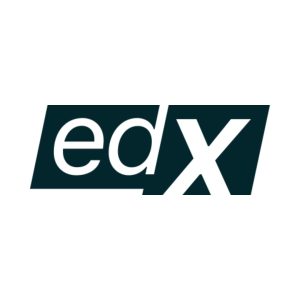IBM: Introduction to SQL
Learn how to use and apply the powerful language of SQL to better communicate and extract data from databases – a must for anyone working in Data Engineering, Data Analytics or Data Science.
About this course
Much of the world’s data lives in databases. SQL (or Structured Query Language) is a powerful programming language that is used for communicating with and manipulating data in databases. A working knowledge of databases and SQL is necessary for anyone who wants to start a career in Data Engineering, Data Analytics or Data Science. The purpose of this course is to introduce relational database (RDBMS) concepts and help you learn and apply foundational and intermediate knowledge of the SQL language.
You will start with performing basic Create, Read, Update and Delete (CRUD) operations using CREATE, SELECT, INSERT, UPDATE and DELETE statements. You will then learn to filter, order, sort, and aggregate data. You will also work with functions, perform sub-selects and nested queries, as well as access multiple tables in the database.
The emphasis in this course is on hands-on, practical learning. As such, you will work with real database systems, use real tools, and real-world datasets. You will create a database instance in the cloud. Through a series of hands-on labs, you will practice building and running SQL queries. At the end of the course you will apply and demonstrate your skills with a final project.
The SQL skills you learn in this course will be applicable to a variety of RDBMSes such as MySQL, PostgreSQL, IBM Db2, Oracle, SQL Server and others.
No prior knowledge of databases, SQL or programming is required, however some basic data literacy is beneficial.
At a Glance:
Institution: IBM
Subject: Computer Science
Level: Introductory
Prerequisites:
Computer and IT literacy.
Associated programs:
Professional Certificate in SQL, ETL and BI Fundamentals
Professional Certificate in Data Warehouse Engineering
Professional Certificate in SQL, NoSQL, and Relational Database Fundamentals
Language: English
Video Transcripts: اَلْعَرَبِيَّةُ, Deutsch, English, Español, Français, हिन्दी, Bahasa Indonesia, Português, Kiswahili, తెలుగు, Türkçe, 中文
Associated skills:Data Analysis, MySQL, Communications, Data Manipulation, Relational Databases, Oracle SQL Developer, SQL (Programming Language), Relational Database Management Systems, Nested Queries, Microsoft Access, IBM DB2, Data Engineering, Data Science, PostgreSQL, Database Systems, Operations





There are no reviews yet.